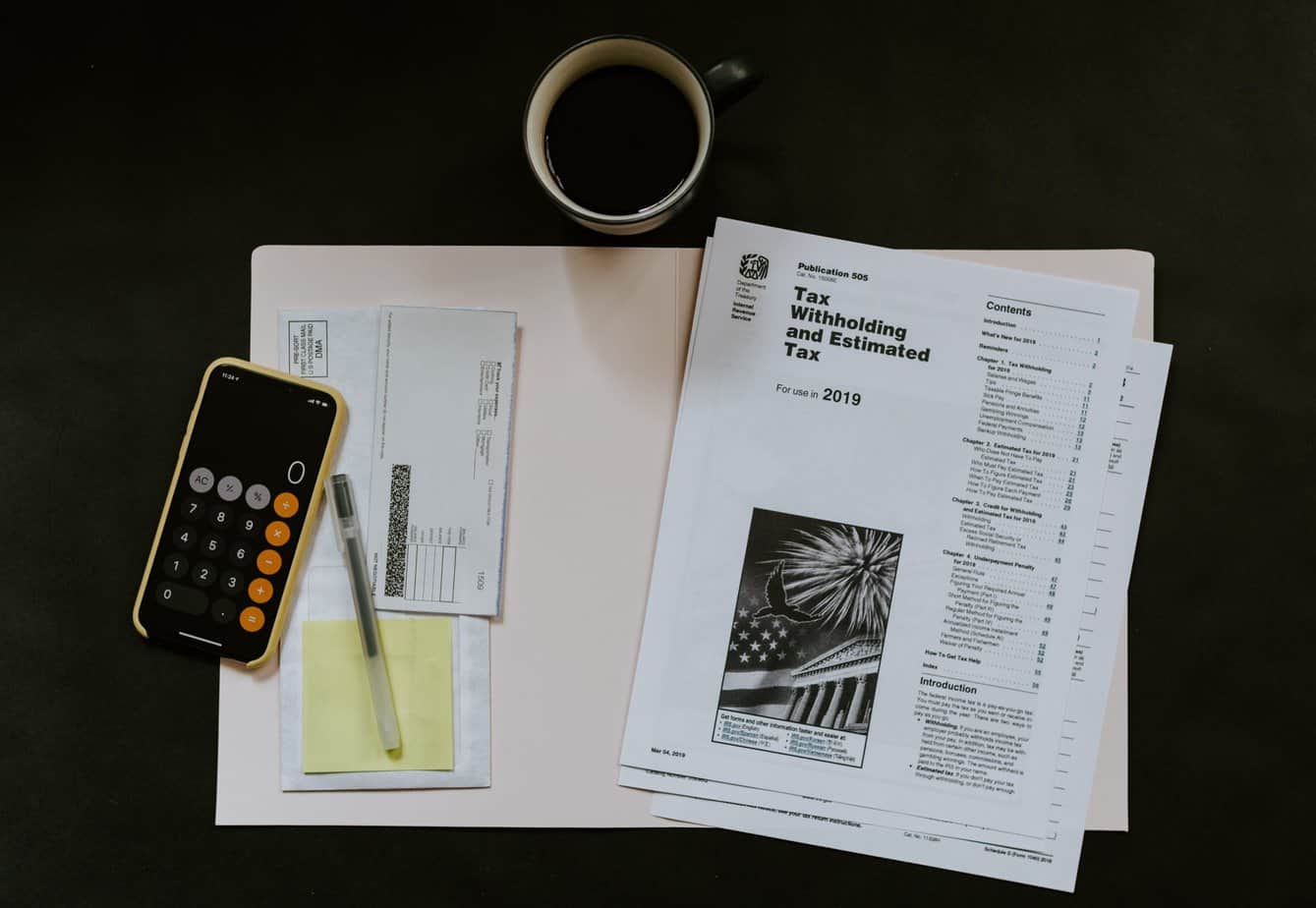
BY
|
Can I Use My Super For A House Deposit?
Can I use my super for a house deposit? For many people, the biggest obstacle to buying a home is coming up with a deposit. In Australia, the average deposit is around 20%, which can be a lot of money to save up. However, there is another way to come up with a down payment: using your superannuation.
In the 2017 Federal Budget, the government introduced wide-ranging policies to level the playing field and help first-home buyers get into the property market. One of these policies is the First Home Super Saver Scheme (FHSSS), which allows first-home buyers to make voluntary super contributions to their superannuation account (or self-managed super fund) to later use as their deposit.
The scheme has been designed to help first-time home buyers boost their savings and enter the property market earlier.
So, if you’re interested in finding out more about how you can use your super for a house deposit, here’s what you need to know.
Can I Use my Super for a House Deposit?
Yes, the purpose of the super saver scheme is to help you save up money to contribute towards a deposit for your first home.

How Does the First Home Super Save Scheme Work?
The scheme allows eligible individuals to make voluntary concessional (before-tax) and non-concessional (after-tax) contributions into their super fund. These contributions can then be withdrawn, together with any earnings, to help purchase your first home.
What are the Eligibility Requirements?
There are a few criteria you’ll need to meet in order to participate in the scheme.
Firstly, you must be over 18 years of age and you must have never owned a property before. Secondly, you must not have previously received an FHSSS release amount. Finally, you must intend to use the property as your primary residence. In other words, you can’t buy an investment property using the scheme.
You are also generally required to move into the property as soon as practically possible after purchasing it, and you must intend to live there for at least six months.
Making Contributions To Your Super to Buy a House
There are two main types of contributions: concessional and non-concessional.
Concessional contributions are made before tax, so they reduce your taxable income. This can result in a lower tax bill. However, these contributions are taxed at 15% once transferred into your super. These contributions are generally made by your employer through a salary sacrificing agreement.
A salary sacrificing arrangement is an agreement between an employer and employee whereby the employee agrees to sacrifice a portion of their pre-tax salary into their superannuation fund (commonly referred to as salary sacrifice contributions).
Non-concessional contributions are personal contributions you can make from your salary after it has been taxed by your marginal rate – so they don’t reduce your taxable income. But, they’re not subject to the 15% tax rate inside the super fund.
However, the Australian Taxation Office (ATO) has introduced a cap limit for each type of contribution.
For concessional contributions, the limit is $27,500 per financial year. For non-concessional contributions, the limit is $110,000 per financial year. If you exceed these limits, you may be liable for excess contribution tax. So make sure you stay within the limits when making contributions to your super account.
The cap includes contributions made under the FHSSS. Each person can only direct a maximum of $15,000 of their contributions towards their FHSSS savings.
For example, if you intend to make a concessional contribution of $27,500 for the year, you are only allowed to direct $15,000 of that towards your FHSSS savings. The other $12,500 will be direct to your super fund.
Furthermore, that $15,000 can only be made up of:
- 100% of your personal after-tax contributions; and
- 85% of the concessional contributions.
It’s also worth noting that your contributions made towards the FHSSS must be voluntary. In other words, Super Guarantee contributions (i.e. the contributions made by your employer) can’t be considered as part of your FHSSS savings.
Withdrawing the Funds From Your Super
Once you are ready to purchase our home, you will need to apply to the ATO to release your FHSS scheme savings. It’s generally recommended that you do so once you apply for your home loan. However, the Australian government recently confirmed that individuals are allowed to sign the contract of sale 14 days before requesting the release of their FHSSS savings.
This makes it easier to access the savings in situations where you have bought a property at auction, for example.
Similar to the contribution cap, there is a limit to the amount you can withdraw from your FHSSS savings. Originally, it was set at $30,000 per person (or $60,000 per couple purchasing a home together). However, from 1 July 2022, the withdrawal amount will increase to $50,000 per person.
It’s important to note that once you withdraw the funds, it will be considered assessable income for tax purposes, which means the funds will be subject to tax at your marginal rate and you’ll have to declare them on your income tax return. However, you will be entitled to a 30% tax deduction offset.
Once your FHSSS savings have been withdrawn, you’ll have to buy your home within 12 months. There is an option to apply to the ATO for an extension. However, if you don’t purchase a property within 12 months (or the extended period granted by the ATO), you’ll be responsible for contributing the savings to your super fund.
If you don’t, you risk paying a 20% penalty tax on the assessable amount.
What are the Benefits and Potential Drawbacks for You as the Home Buyer?
There are several benefits to using the FHSS to buy a home. But the most attractive benefit is that the tax rate on your super is only 15%. So, if you fall into a higher tax bracket, this could be a tax-effective way of saving for your deposit.
Further benefits include:
- your taxable income will be reduced if you make additional contributions through a salary sacrificing agreement;
- your return on investment (i.e., the interest you earn on your FHSSS savings) is taxed at 15%; and
- if you don’t end up using the savings as a deposit, the funds can simply be directed to your super, essentially boosting your retirement savings.
Potential Drawbacks of the First Home Super Saver Scheme?
As with any kind of savings scheme, you also need to consider the potential drawbacks.
For example, your contributions are capped, so you can only save up so much, which means you’ll probably have to contribute an additional amount to your deposit if it doesn’t make up the 20%. The median house prices in Sydney and Melbourne are above $1 million, so you need a $200,000 deposit to secure a loan without Lenders Mortgage Insurance.
Even with the increased withdrawal cap, if you buy as a couple, you’ll only be contributing around $100,000 towards a deposit with your super savings.
Another limitation you may need to consider is that you can’t just dip into the savings like you would a normal savings account (or standard deposit account) should an emergency arise. Having said that, though, this could also be a potential benefit because you won’t be tempted to use the savings towards anything other than your deposit.
Key Takeaways
The First Home Super Saver Scheme can be a great way to save money for a deposit on your first home, but it’s not right for everyone. The scheme allows you to make voluntary contributions to your superannuation account, which are then taxed at a lower rate than your income. So, this may be a better concessional tax treatment for you.
You can also withdraw those contributions (plus any earnings) to put towards a deposit on your first home. However, there are the contribution and withdrawal caps, so you need to make sure that the scheme will work for you.
Ultimately, whether or not the scheme is right for you depends on your personal circumstances.
When it comes to making major financial decisions, it’s always a good idea to consult with a professional. A financial advisor or accountant can help you understand how the scheme works, what the potential benefits and risks are, and whether or not it makes sense for your unique circumstances. They can also help you crunch the numbers to see how much you could potentially save by using the scheme.
So, consulting with a professional can give you the peace of mind that comes with knowing you’ve made a well-informed decision.
If you would like to get in touch with an accountant, contact the Box Advisory Team today.



